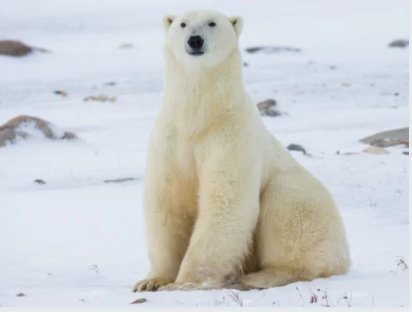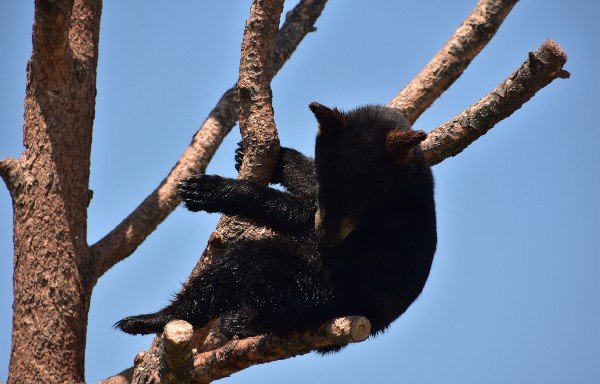The polar bear, known scientifically as Ursus maritimus, is the largest terrestrial carnivore. The grizzly bear, a subspecies of the North American brown bear (Ursus arctos horribilis), ranks as the second largest terrestrial flesh-eating mammal. These magnificent creatures share remarkable similarities in strength and size, each powerful enough to take down formidable prey. But which would triumph in a hypothetical showdown? How do they compare? Let’s dive into the fascinating world of these apex predators.
Evolutionary History
Polar bears diverged from other carnivores around 38 million years ago. The oldest polar bear fossil, dated between 130,000 and 110,000 years old, was discovered in Prince Charles Foreland in 2004.
Grizzly bears originated from the Asian subspecies Ursus savini roughly 800,000 years ago. The oldest brown bear fossil, approximately 500,000 years old, was unearthed in China. Studies suggest that polar bear molars diverged from grizzly teeth between 10,000 and 20,000 years ago. DNA evidence indicates that polar bears and grizzlies were once the same species, splitting around 400,000 years ago.
Behavioral Comparisons
- Parental Care: In both species, males do not participate in raising cubs.
- Territoriality: Grizzly bears are highly territorial, whereas polar bears are not.
- Activity Patterns: Both species are primarily nocturnal, preferring to be active at dusk.
- Diet: Polar bears are predominantly carnivorous, while grizzlies are omnivorous.
- Lifespan: Both species typically live around 25 years, though the oldest recorded grizzly reached 50 years.
Physical Characteristics
- Size: Polar bears measure 2.4-3 meters (7 ft. 10 in – 9 ft. 10 in) in length with a shoulder height of 122-160 cm. Grizzlies range from 1.4-2.8 meters in length with a shoulder height of 70-153 cm (2 ft. 4 in – 5 ft).
- Tail Length: Polar bears’ tails are 7-13 cm long, while grizzlies’ tails measure 6-22 cm (2.4-8.7 in).
- Distinctive Features: Polar bears have longer skulls and noses, are excellent swimmers, and have firmer grips for walking on ice. Grizzlies have sharper, longer claws for digging and hunting, and they possess longer legs and ears.
Who Would Win in a Fight?
In a hypothetical battle, both bears would exhibit immense strength and aggression. However, grizzlies might have the upper hand due to their stronger, longer claws and elongated skulls equipped with sharp canines that can easily tear flesh from bone.
Habitat Preferences
Polar bears thrive in habitats abundant with water and sea ice. In contrast, grizzly bears are versatile, inhabiting coastal estuaries, meadows, desert edges, temperate forests, steppes, alpine forests, and open landscapes.
Visit Yellowstone Bear World
If you are intrigued by grizzly bears and wish to observe them in a natural setting, plan a visit to Yellowstone Bear World during your trip to Yellowstone National Park. Experience an unforgettable wildlife viewing adventure. For more information, call us at (208) 359-9688.






